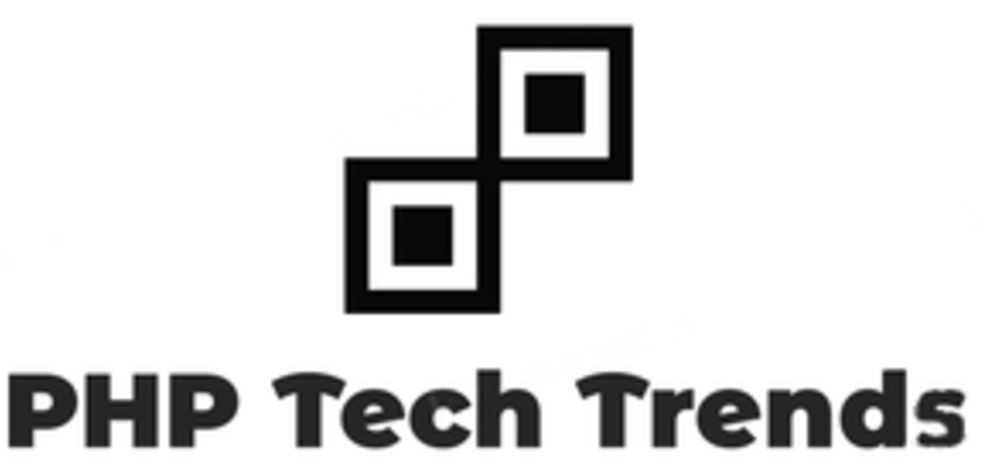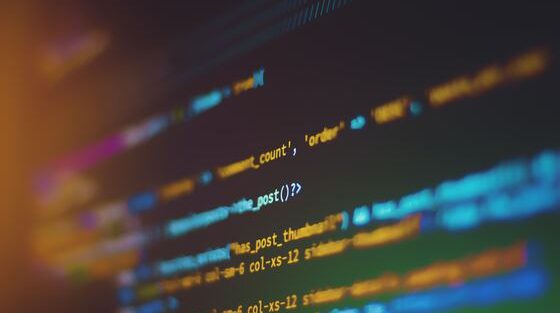Are you a web developer or business owner who relies on PHP to power your website? If so, it’s crucial to understand the potential security risks that come with this popular scripting language. One of the most common vulnerabilities is Cross-Site Scripting (XSS), which can leave your application exposed to malicious attacks. In this blog post, we’ll dive into the world of PHP and XSS, exploring best practices and preventive measures you can take to safeguard your web applications. So buckle up, as we embark on a journey towards enhanced web application security!
The Importance of Web Application Security
Web application security is of utmost importance in today’s digital landscape. With the increasing number of cyberattacks and data breaches, it has become crucial for businesses to prioritize the protection of their web applications.
A secure web application ensures that sensitive user information remains confidential and prevents unauthorized access or manipulation of data. It helps build trust with users, who can confidently interact with your website without worrying about their personal information being compromised.
One major aspect of web application security is protecting against cross-site scripting (XSS) attacks. XSS attacks occur when a malicious script is injected into a trusted website, allowing attackers to bypass security measures and potentially steal sensitive information or hijack user sessions.
By implementing preventive measures against XSS vulnerabilities in PHP applications, developers can significantly reduce the risk of such attacks. This includes properly filtering and sanitizing user input, using parameterized queries rather than concatenating SQL statements, and ensuring proper validation and encoding techniques are applied to prevent script injection.
Regular updates and patches should also be implemented to address any known vulnerabilities in third-party libraries or frameworks used within the PHP application. Additionally, conducting regular security audits can help identify any potential weaknesses or vulnerabilities that may exist within the system.
Web application security should not be taken lightly. Protecting your PHP applications from XSS attacks is essential for maintaining the integrity of your business as well as safeguarding your customers’ sensitive information. By following best practices and staying proactive in addressing potential vulnerabilities, you can ensure a safer online experience for both yourself and your users.
Best Practices for Preventing XSS in PHP Applications
When it comes to preventing XSS (Cross-Site Scripting) attacks in PHP applications, there are several best practices that developers should follow. By implementing these measures, you can significantly reduce the risk of your web application being compromised.
One of the most important steps is to validate and sanitize all user inputs. This means thoroughly checking any data that is received from users before allowing it to be displayed or used within your application. By doing so, you can ensure that malicious scripts or code cannot be injected into your pages.
Another crucial practice is to properly encode output when displaying user-generated content. This involves converting special characters into their HTML entities, which prevents them from being interpreted as code by browsers. By encoding output correctly, you can prevent attackers from injecting malicious scripts into your web pages.
In addition to input validation and output encoding, using parameterized queries or prepared statements for database interactions is highly recommended. These techniques help protect against SQL injection attacks by separating data from the query itself.
It’s also essential to keep software up to date by regularly installing patches and updates for both PHP itself and any third-party libraries or frameworks you may be using. Outdated software often contains vulnerabilities that hackers can exploit.
Implementing a Content Security Policy (CSP) can provide an extra layer of protection against XSS attacks. A CSP allows website owners to define how resources on their site should behave and restricts certain actions that could potentially lead to security issues.
By following these best practices for preventing XSS in PHP applications, you can greatly enhance the security of your web application and safeguard sensitive user data from potential threats.
Protect Your PHP Applications from XSS Attacks
Protecting your PHP applications from XSS attacks is crucial for maintaining the security and integrity of your web application. By following best practices such as input validation, output sanitization, and proper encoding, you can significantly reduce the risk of an XSS attack.
Remember to always validate and sanitize user input before using it in any part of your application. This includes not only form inputs but also parameters in URLs or cookies. Implement strict validation rules to ensure that only valid and safe data is accepted.
When displaying user-generated content or dynamic data on web pages, it’s important to properly sanitize the output. Use functions like htmlspecialchars() or htmlentities() to encode special characters and prevent them from being interpreted as HTML or JavaScript code.
Make sure to enable Content Security Policy (CSP) headers in your PHP application. CSP allows you to define a whitelist of trusted sources for different types of resources (e.g., scripts, stylesheets) and restricts the execution of potentially harmful scripts.
Regularly updating your PHP version and keeping up with security patches is essential for protecting against known vulnerabilities. Stay informed about any new security threats related to PHP or XSS attacks by subscribing to relevant mailing lists or forums.
Consider implementing a Web Application Firewall (WAF) that can help detect and block potential attacks before they reach your PHP application. WAFs analyze incoming requests for suspicious patterns or malicious payloads based on predefined rulesets.

